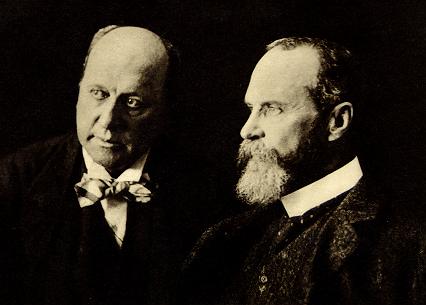
Stacy-Marie Ishmael is a New York-based reporter for the Financial Times and blogger for FTAlphaville, the award-winning markets blog. Her beats include credit, derivatives, structured finance, capital markets and emerging markets.
Stacy-Marie joined the FT as a graduate trainee in August 2006 after attaining a BSc in International Relations from the London School of Economics and Political Science. During her two-year stint as a trainee she wrote for both the paper and for FT.com, including FT Alphaville, with a particular focus on capital markets.







































No comments:
Post a Comment